Knot of the Week: Lanyard Knot
Knot of the Week: Lanyard Knot
We’re kicking off our 2010 Knot of the Week series today with the Lanyard Knot.
The Lanyard Knot, also known as a Diamond Knot, is an excellent decorative knot that can be used for a multitude of applications.
Primarily we like this knot for its ability to create a fixed loop in a single strand of rope. This comes in very handy when making a Solomon Bar keychain like we’ve demonstrated in the past.
It can also be used for key rings, knife lanyards and anything that needs some kind of a pull. In fact, sailors used this knot to hold a knife around their necks, which is why you may see this knot referred to as a knife lanyard knot.
Lanyard Knot » Bends
(Strength: 3/Secure: 3/Stability: 3/Difficulty: 4)
Please refer to our Knot of the Week introduction post for a description of what these ratings mean.
Uses:
- Decorative knot used for lanyards
- Can also be used to join two strands of rope
Tying Instructions:
- Hold the rope in your hand using your pinky to stabilize
- With the working end, form an underhand loop
- The standing end becomes your new working end and wraps around the old working end and under the itself in the center of the loop.
- As you’re bringing the last coil past the top, form a bight in the working part
- Leave the knot loose and pull your pinky out from the knot, leaving a diamond pattern in the center of your knot
- Thread the standing end counter clockwise through the underside of the created diamond pattern
- Repeat this step for the working end as well
- *Now both ends should have been fed though the underside of the diamond*
- Grasp the working and standing ends and pull (you should still have a bight around your fingers)
- Slide the knot off of your fingers and continue pulling on the bight and the ends to tighten
- Clean up the knot by pulling individual strands as we demonstrated in our Monkey’s Fist video
View the gallery or YouTube video below and follow along with the steps above!
[flickrset id=”72157623138032366″ thumbnail=”square” overlay=”true” size=”medium”]






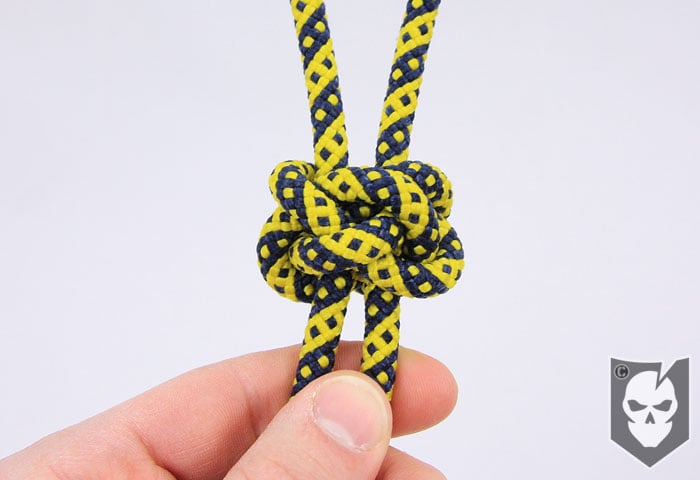
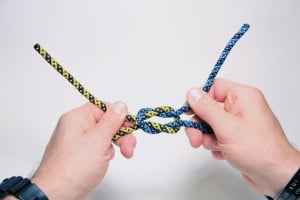
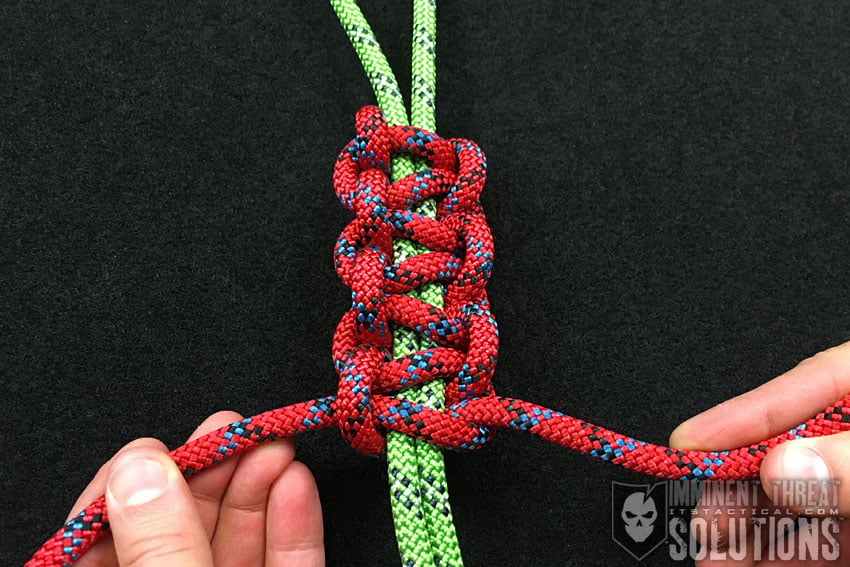
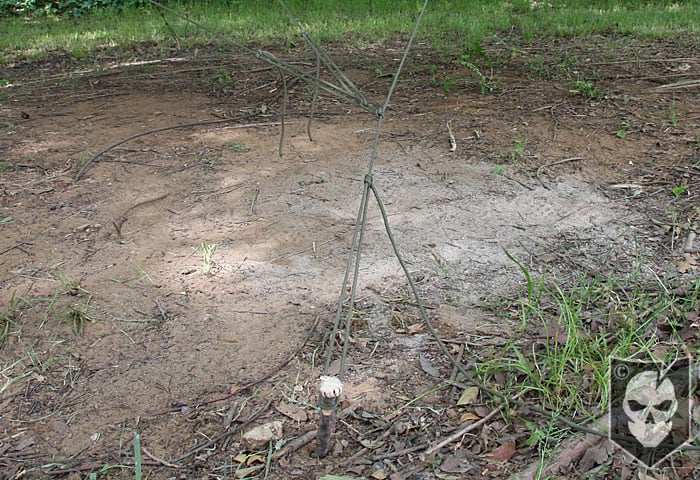
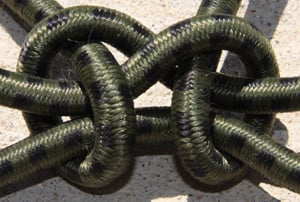

Discussion